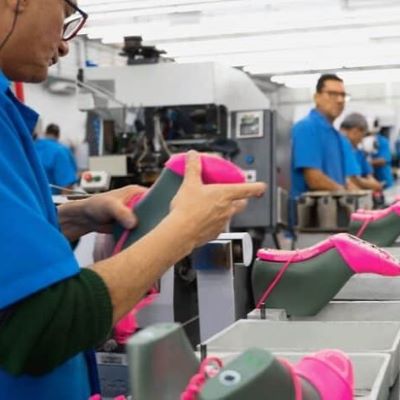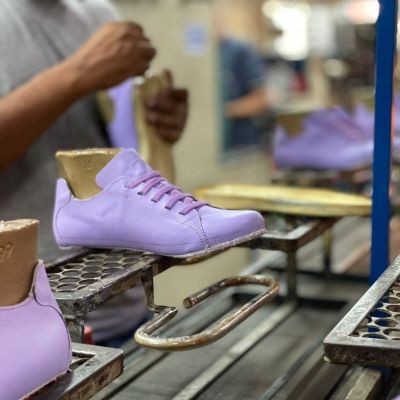Domestic demand drives growth in Brazil’s footwear sector

In the first nine months of 2024, Brazil’s footwear industry produced over 671 million pairs, up 4.8% from 2023. Increased footwear consumption helped create over 14,500 jobs in the sector
The Brazilian footwear industry reported a 4.8% increase in production in the first nine months of 2024, as compared to the same period in 2023, producing over 671 million pairs. This growth was primarily driven by domestic demand, which accounted for over 85% of industry sales. By the end of 2024, production is projected to rise by over 3% to more than 890 million pairs, with further gains expected in 2025.
Employment in the sector also showed positive trends, with more than 14,500 jobs created between January and September 2024. This marks a recovery from the impact of the pandemic, although total employment levels remain 2% lower than in the same period in 2023. In September alone, 2,100 new jobs were created, reflecting a gradual return to pre-pandemic employment levels.
The Brazilian Footwear Industries Association (Abicalçados) emphasised the importance of the domestic market recovery. The association noted that footwear consumption within Brazil rose by 9% until August 2024 compared to the previous year, boosting production and employment in the labour-intensive sector. Haroldo Ferreira, Executive President at Abicalçados, stated that improved economic conditions, including lower unemployment and higher household incomes, are supporting this recovery.
The COVID-19 pandemic significantly impacted Brazil’s footwear industry, disrupting a sector heavily reliant on domestic sales. In 2019, the industry produced 898 million pairs of shoes, but output fell to 746 million pairs in 2020. Although production recovered in the following years, it has not yet reached pre-pandemic levels. However, Abicalçados projects steady growth for 2025, with output potentially surpassing the 2019 figures at 904 million pairs.
The Brazilian wholesale and retail sectors are crucial to the sustainability of this growth. The association noted that major national retailers absorb most of domestic production and are pivotal in driving the recovery. Their expansion and restocking have directly contributed to the industry’s improved performance.
Employment in the sector also showed positive trends, with more than 14,500 jobs created between January and September 2024. This marks a recovery from the impact of the pandemic, although total employment levels remain 2% lower than in the same period in 2023. In September alone, 2,100 new jobs were created, reflecting a gradual return to pre-pandemic employment levels.
The Brazilian Footwear Industries Association (Abicalçados) emphasised the importance of the domestic market recovery. The association noted that footwear consumption within Brazil rose by 9% until August 2024 compared to the previous year, boosting production and employment in the labour-intensive sector. Haroldo Ferreira, Executive President at Abicalçados, stated that improved economic conditions, including lower unemployment and higher household incomes, are supporting this recovery.
The COVID-19 pandemic significantly impacted Brazil’s footwear industry, disrupting a sector heavily reliant on domestic sales. In 2019, the industry produced 898 million pairs of shoes, but output fell to 746 million pairs in 2020. Although production recovered in the following years, it has not yet reached pre-pandemic levels. However, Abicalçados projects steady growth for 2025, with output potentially surpassing the 2019 figures at 904 million pairs.
The Brazilian wholesale and retail sectors are crucial to the sustainability of this growth. The association noted that major national retailers absorb most of domestic production and are pivotal in driving the recovery. Their expansion and restocking have directly contributed to the industry’s improved performance.
Image Credits: noticiasdefranca.com.br



















